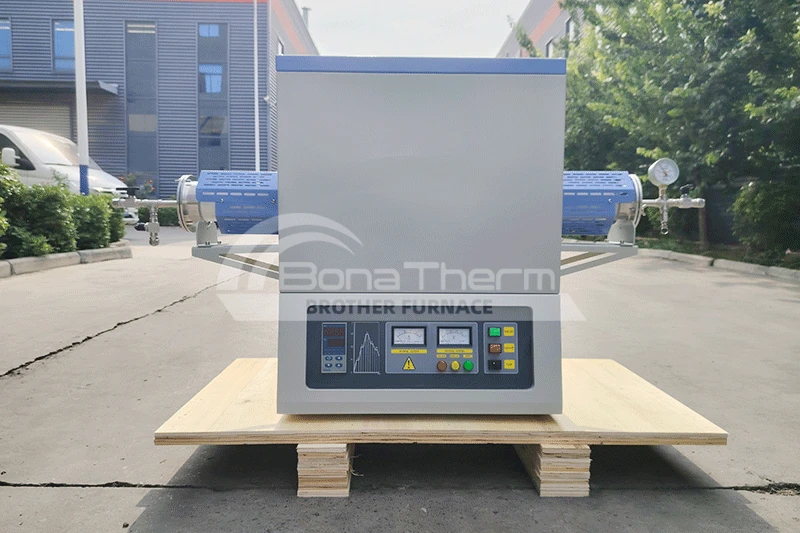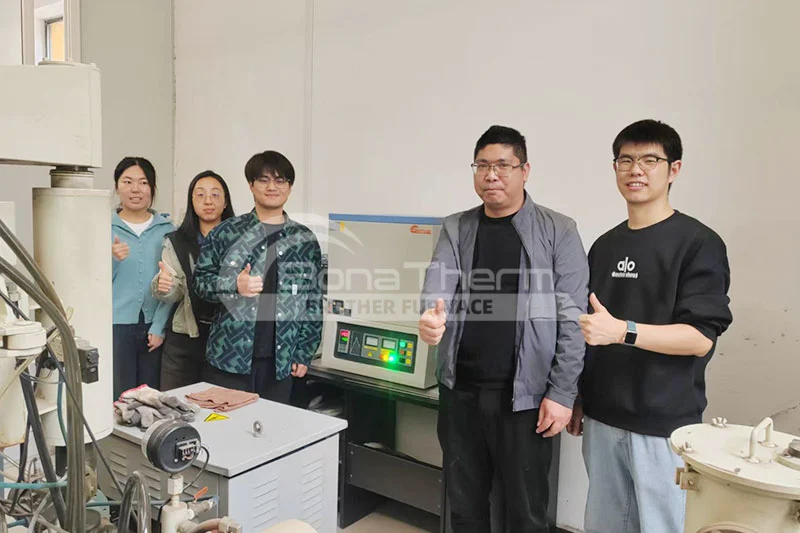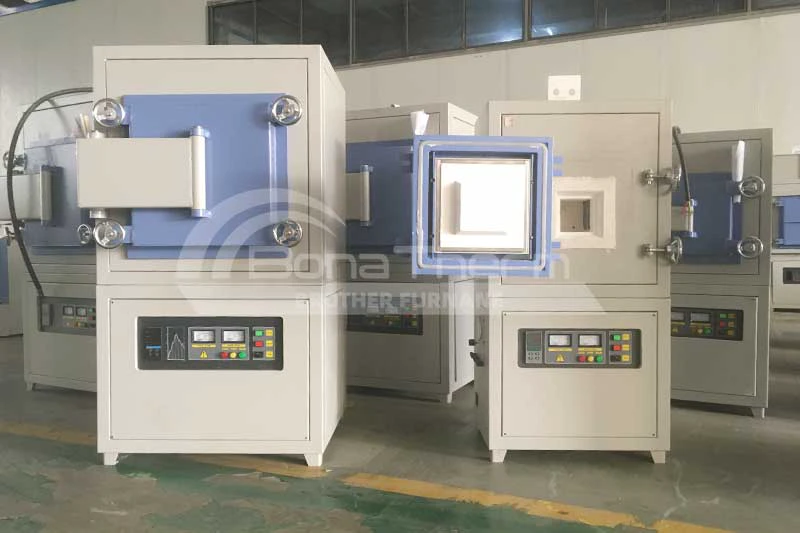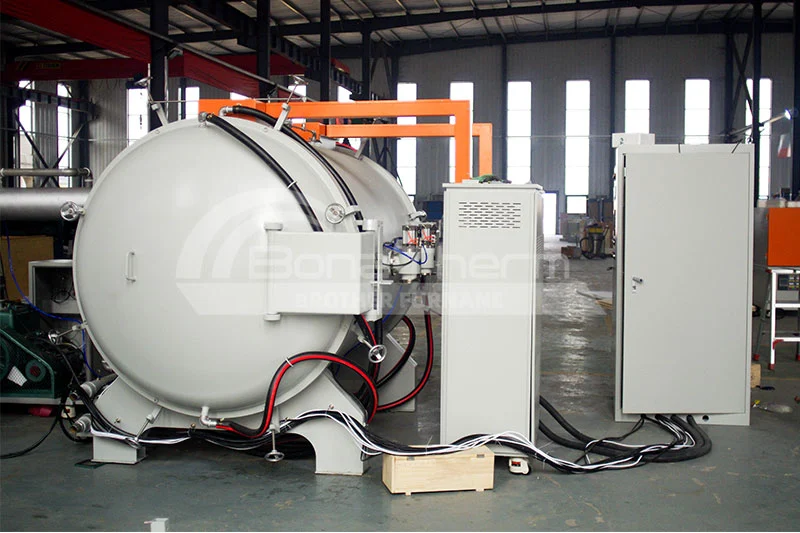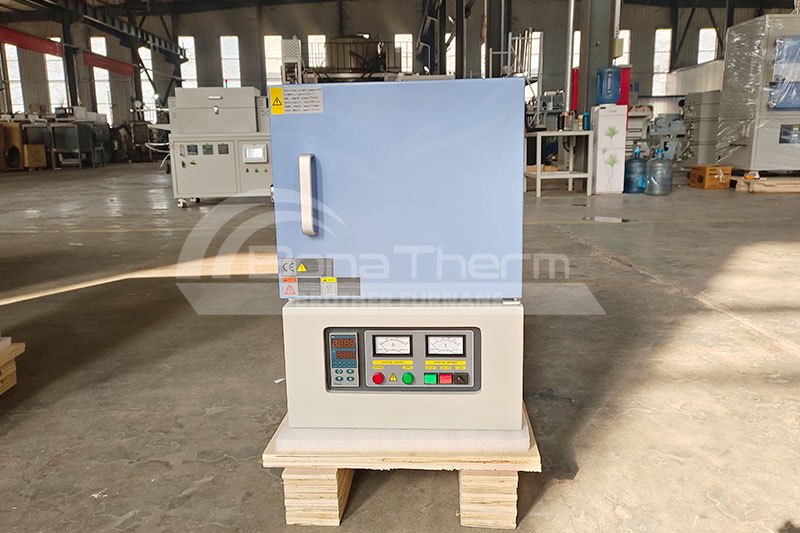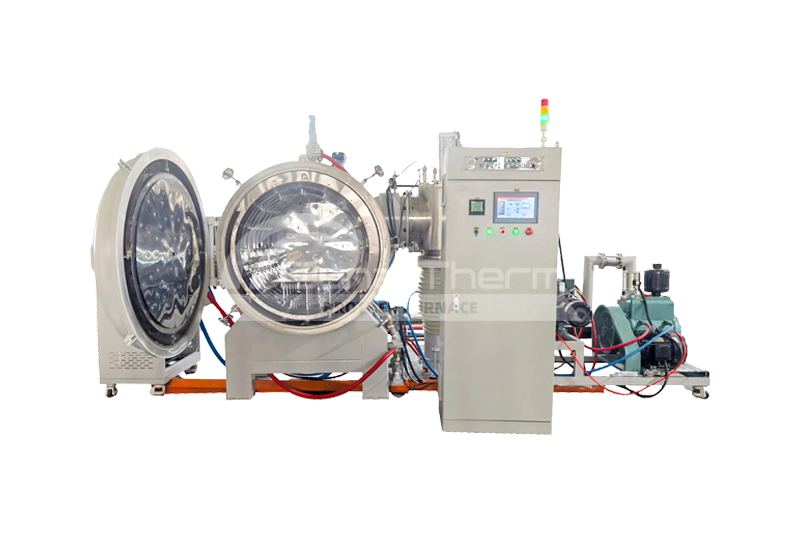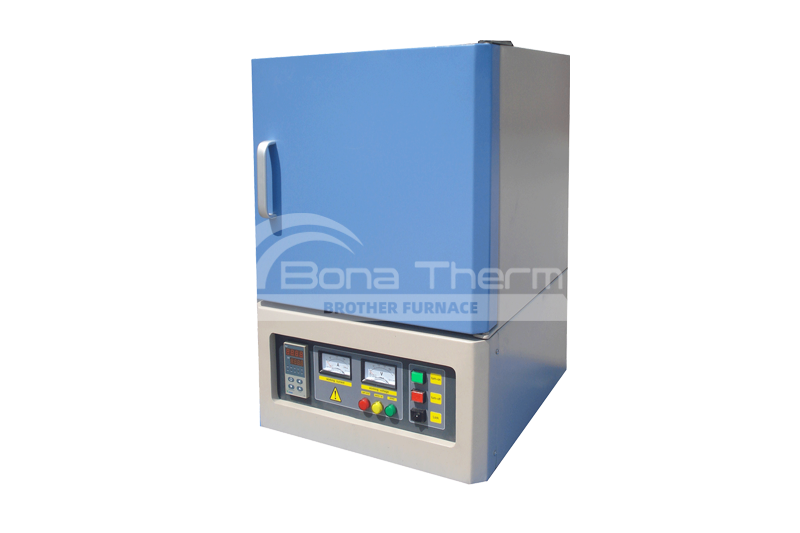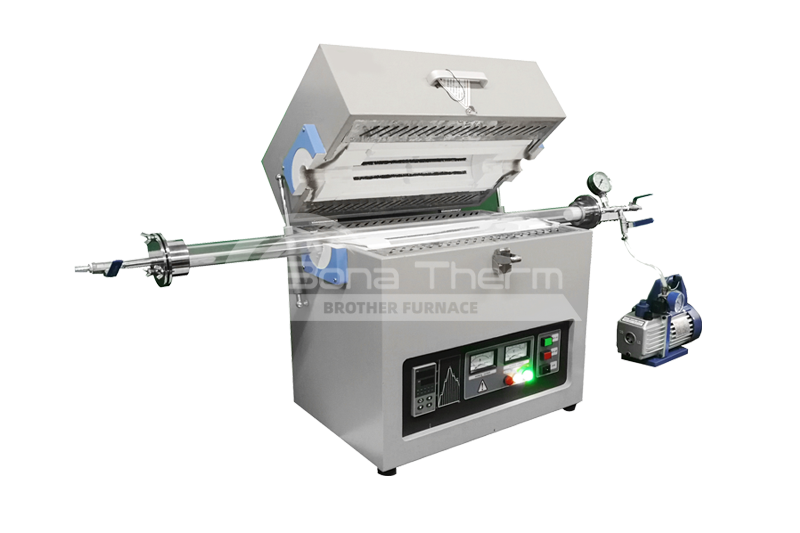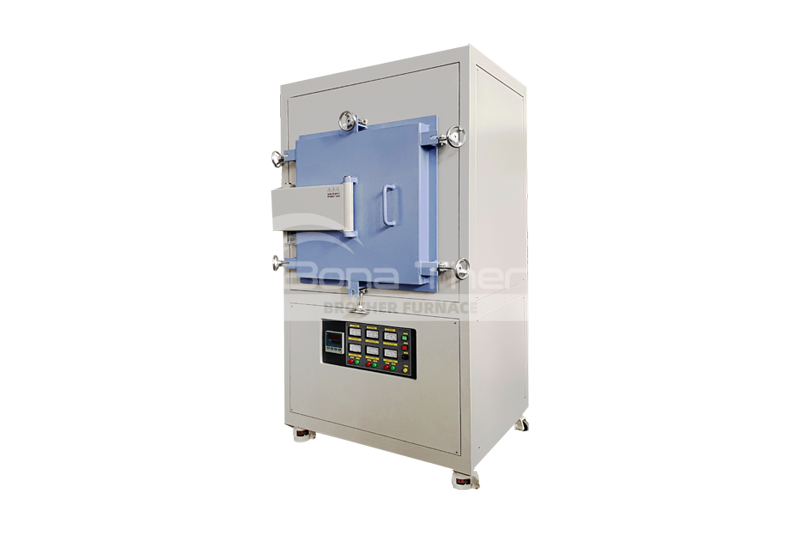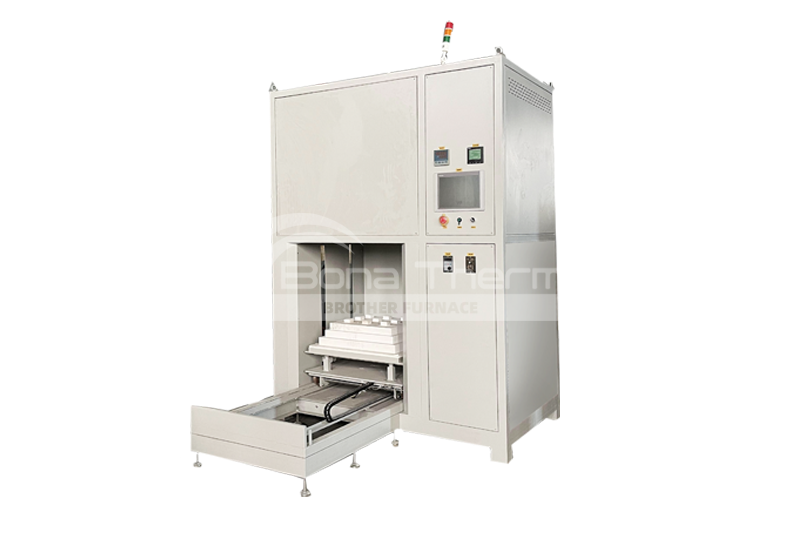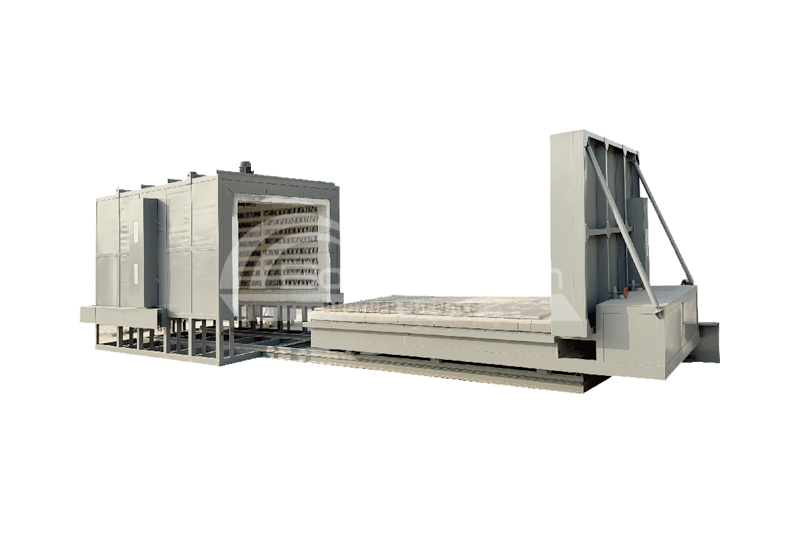-
Biomass Pyrolysis Furnace
 BROTHER FURNACE
BROTHER FURNACE 10 Dec,2025
10 Dec,2025
Biomass pyrolysis is a sustainable technology that transforms organic waste into valuable resources, and understanding the process is essential before exploring the equipment designed to perform it efficiently.
VIEW MORE >> -
Brother Furnace Supports Xi’an Normal University with Horizontal Tube Furnace Installation
 BROTHER FURNACE
BROTHER FURNACE 14 Oct,2025
14 Oct,2025
To enhance its laboratory research capabilities, Xi’an Normal University has introduced a high-performance horizontal tube furnace from Brother Furnace, achieving precise temperature control and efficient thermal processing.
VIEW MORE >> -
Common Furnace Chamber Issues in Atmosphere Furnaces and Their Solutions
 BROTHER FURNACE
BROTHER FURNACE 10 Oct,2025
10 Oct,2025
The furnace chamber is the heart of an atmosphere furnace, and its condition directly affects the stability, safety, and reliability of high-temperature material processing and advanced ceramics research.
VIEW MORE >> -
Insufficient Oil Temperature in Diffusion Pumps: An In-Depth Analysis of a Hidden Killer in Vacuum Furnaces and Backstreaming
 BROTHER FURNACE
BROTHER FURNACE 23 Sep,2025
23 Sep,2025
In high-vacuum heat treatment, even a minor deviation in diffusion pump oil temperature can breach the barrier of purity, silently compromising product integrity through backstreaming.
VIEW MORE >> -
Reliable Box Muffle Furnace Solutions for Diverse Applications
 BROTHER FURNACE
BROTHER FURNACE 08 Sep,2025
08 Sep,2025
A reliable box muffle furnace is the key to achieving precise temperature control, durable performance, and safe heat treatment across laboratory and industrial applications.
VIEW MORE >> -
Brother Furnace Shines at INMC-15
 BROTHER FURNACE
BROTHER FURNACE 13 Aug,2025
13 Aug,2025
August 14-15, 2025, Heilongjiang, China — The 15th International Conference on Inorganic Non-Metallic Materials (INMC-15) commenced grandly in Heilongjiang, bringing together leading researchers, academic institutions, and industry experts.
VIEW MORE >>
- Home
- Products
- Vacuum Furnace
-
Muffle Furnace
- 200℃-1800℃ Laboratory Box Muffle Furnace
- Box Muffle Furnace up to 1200℃
- Box Muffle Furnace up to 1400℃
- Box Muffle Furnace up to 1700℃
- Box Muffle Furnace up to 1800℃
- Industrial Muffle Furnace
- Muffle Ashing Furnace
- Controlled Atmosphere Muffle Furnace
- Crucible Muffle Furnace
- Muffle Furnace with Observation Window
- Double Door Muffle Furnace
- Dental Muffle Furnace
- PC-Controlled Muffle Furnace
- Customized Box/Muffle Furnace
-
Tube Furnace
- Horizontal Tube Furnace
- Vertical Tube Furnace
- Rotary Tube Furnace
- Slide-Rapid Cooling Tube Furnace
- Vacuum Tube Furnace
- Laboratory Multi-Station Tube Furnace
- Steam Activation Tubular Furnace
- CVD/PECVD Tube Furnace
- (Double/three/five temperature zones)Multi-Temperature Zone Tube Furnace
- Double-Tube Tube Furnace
- Customized Tube Furnace
-
Atmosphere Furnace
- Atmosphere Furnace up to 1700℃
- Hydrogen Atmosphere Furnace
- External Heating Atmosphere Furnace
- Atmosphere Hot Press Furnace
- 1400°C Touchscreen Atmosphere Furnace (200×200×200 mm)
- Inert Atmosphere Furnace
- 1200°C Atmosphere Furnace (400×400×400 mm)
- Nitrogen Atmosphere Furnace
- 1400°C Atmosphere Furnace (300×300×300 mm)
- 1200°C Atmosphere Furnace (200×200×300 mm)
- Debinding and Sintering Furnace
- Lifting Bottom Furnace
- Bogie Hearth Furnace
- Dental Furnace
- Application
- Case
- Blog
- About
- Contact

